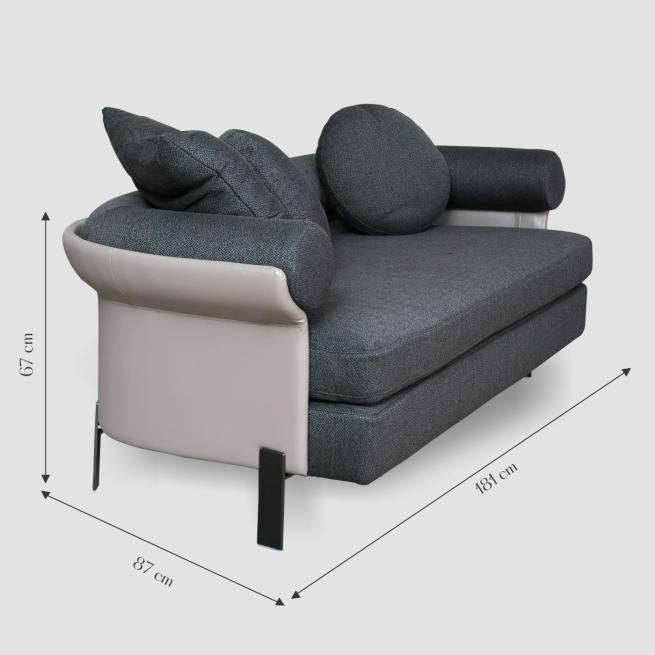
عروض العيد الوطني من جمعية الامارات التعاونية حتي 5 ديسمبر - عروض وتخفيضات جمعية الامارات التعاونية الإمارات

تعرّف على أضخم تخفيضات العيد الوطني السعودي .. انتظروا الخصومات الخيالية في هذه المتاجر! | سوالف الخليج

مركز الامارات للتخفيضات - مزيرع | مركز الامارات للتخفيضات - مزيرع (( تخفيضات اليوم الوطني )) لغاية 12-12-2020 خصومات خيالية مزيرع - بالقرب من مدينة حتا 0528424000 #ابوخليفة #اعلان... | By ابوخليفه - اعلانات تجارية - Yousif Alhammadi | Facebook

عروض اليوم الوطني 2020 : عروض سيتي دبليو للاثاث و خصم 40% على جميع المنتجات - عروض اليوم - عروض السعودية

عروض اليوم الوطني الإماراتي - الأخبار ، المشاهدات ، التعليقات ، الصور ومقاطع الفيديو على عروض اليوم الوطني الإماراتي | تايم أوت دبي

عروض اليوم الوطني من التوفير هايبر ماركت ذ.م.م حتي 6 ديسمبر - عروض وتخفيضات التوفير هايبر ماركت ذ.م.م الإمارات

عروض اليوم الوطني للإمارات السعيد من جمعية أسواق عجمان التعاونية حتي 2 ديسمبر - عروض وتخفيضات جمعية أسواق عجمان التعاونية الإمارات

عروض اليوم الوطني للإمارات من جمعية العين التعاونية حتي 5 ديسمبر - عروض وتخفيضات جمعية العين التعاونية الإمارات

تخفيضات اليوم الوطني ال 48 من اسطنبول سوبرماركت حتي 8 ديسمبر - عروض وتخفيضات اسطنبول سوبرماركت الإمارات














